Inside The New York Botanical Garden
Hellebores
Posted in Horticulture on April 23 2015, by Rachel Rock-Blake
Rachel Rock-Blake is the Assistant Curator of Outdoor Collections at NYBG.
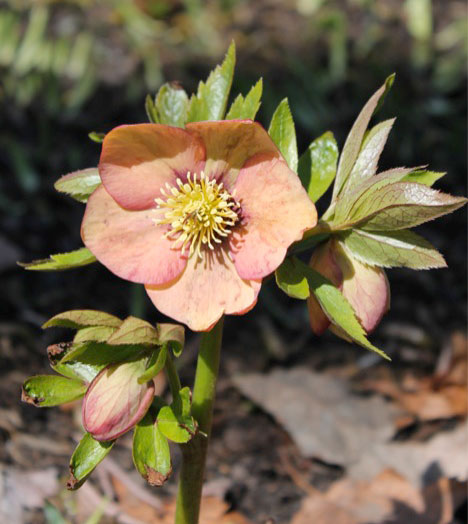 As the snowdrops fade, daffodils explode in a burst of yellow across the landscape. Tulips begin to emerge, peeking through recently planted violas, and magnolia buds crack open. These all provide a lavish display, but in the midst of this let us take a moment to appreciate the sustained beauty of our hellebores. Since snow still covered much of the garden in late winter, our considerable collection of Helleborus species and hybrids have been consistently blooming in shades of pink, white, deep purple, green, and yellow. They really deserve a place in your garden, too.
As the snowdrops fade, daffodils explode in a burst of yellow across the landscape. Tulips begin to emerge, peeking through recently planted violas, and magnolia buds crack open. These all provide a lavish display, but in the midst of this let us take a moment to appreciate the sustained beauty of our hellebores. Since snow still covered much of the garden in late winter, our considerable collection of Helleborus species and hybrids have been consistently blooming in shades of pink, white, deep purple, green, and yellow. They really deserve a place in your garden, too.
While there are many species in the genus Helleborus, recent hybridization has produced a wide range of colorful, easy to grow plants. Helleborus × hybridus cultivars are best grown in partial shade in evenly moist, well-drained soil. In this climate blooms emerge on new growth in late winter, and can persist through spring. Large sepals take the place of petals as the colorful portion of the flower, and flowers nod at the top of 12- to 15-inch stalks. New leaves emerge around this time, which grow into an excellent glossy evergreen ground cover. Old leaves can be removed in the spring for aesthetic reasons, but care should be taken not to damage the new growth.
Read More
Posted in Photography on April 14 2015, by Lansing Moore
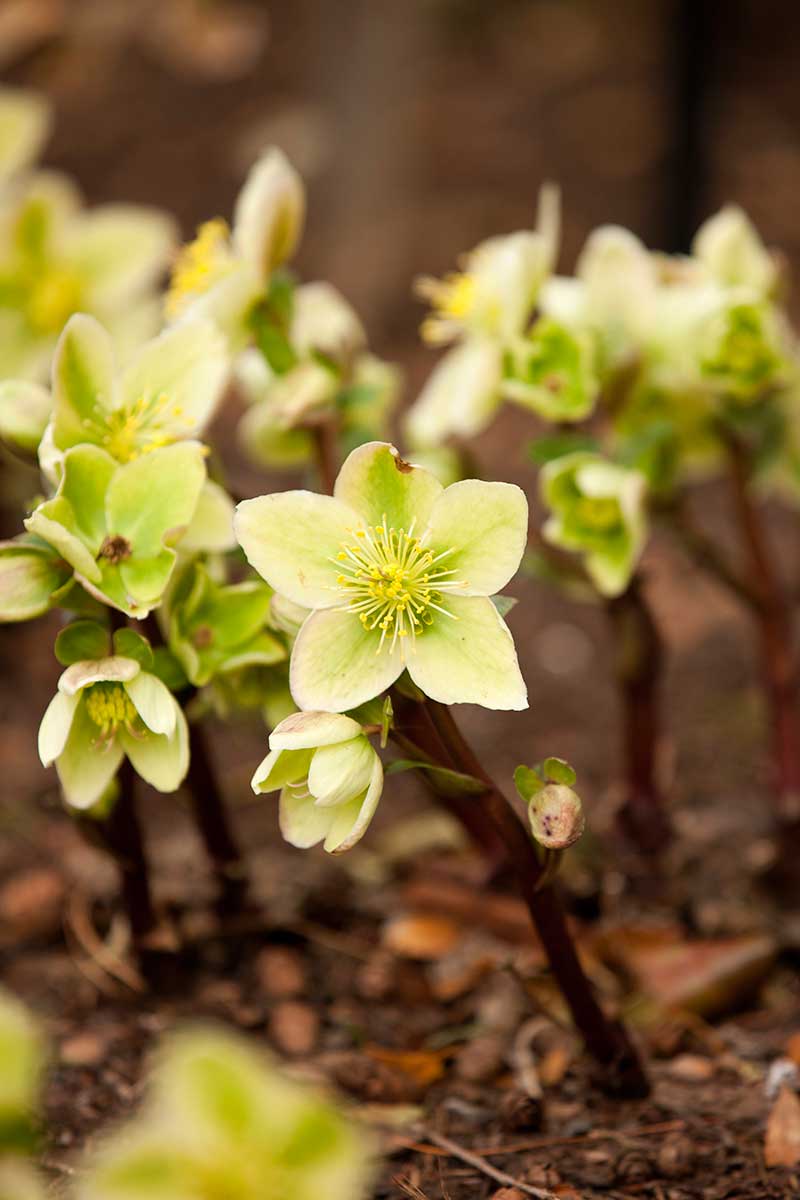
Helleborus × nigercors ‘Honeyhill Joy’ in the Ladies’ Border – Photo by Ivo M. Vermeulen
Posted in Photography on April 4 2011, by Plant Talk
Hellebores (also known as the Christmas or Lenten rose) come in a range of colors and shapes, providing a much needed jolt of color in late winter and early spring.
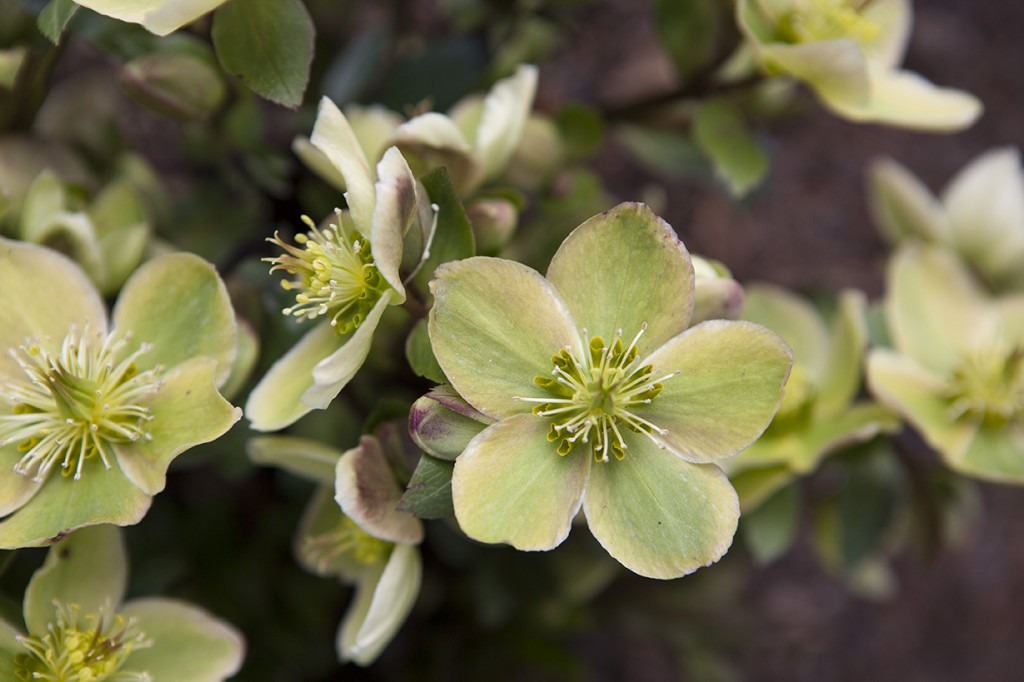
Helleborus x nigercors ‘Honeyhill Joy’ (photo by Mark Pfeffer)
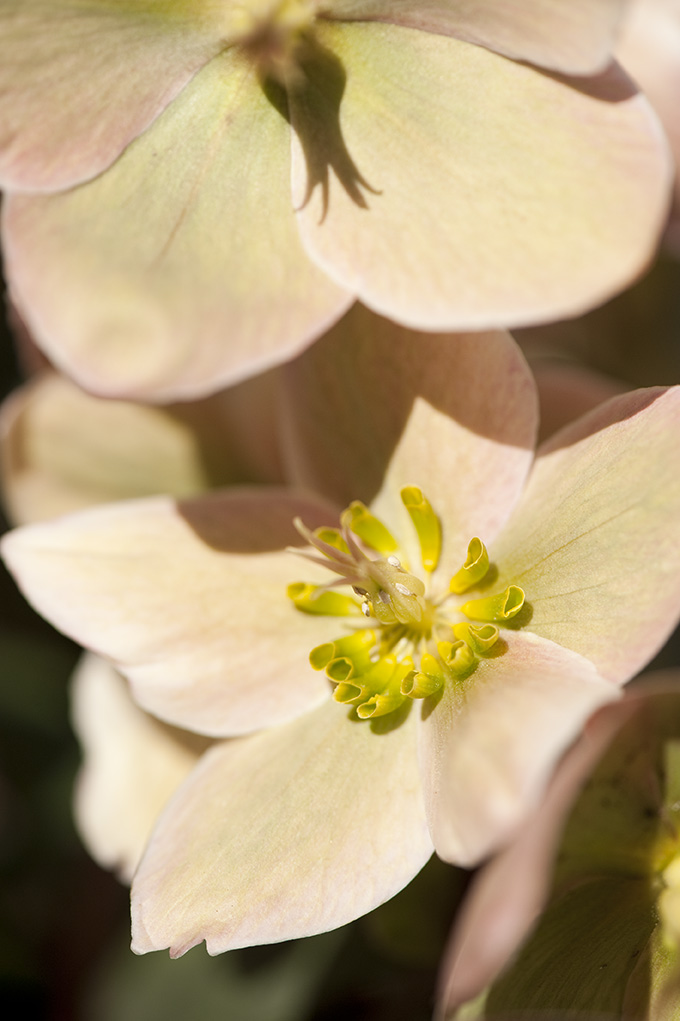
Helleborus ‘Ivory Prince’ (photo by Ivo M. Vermeulen
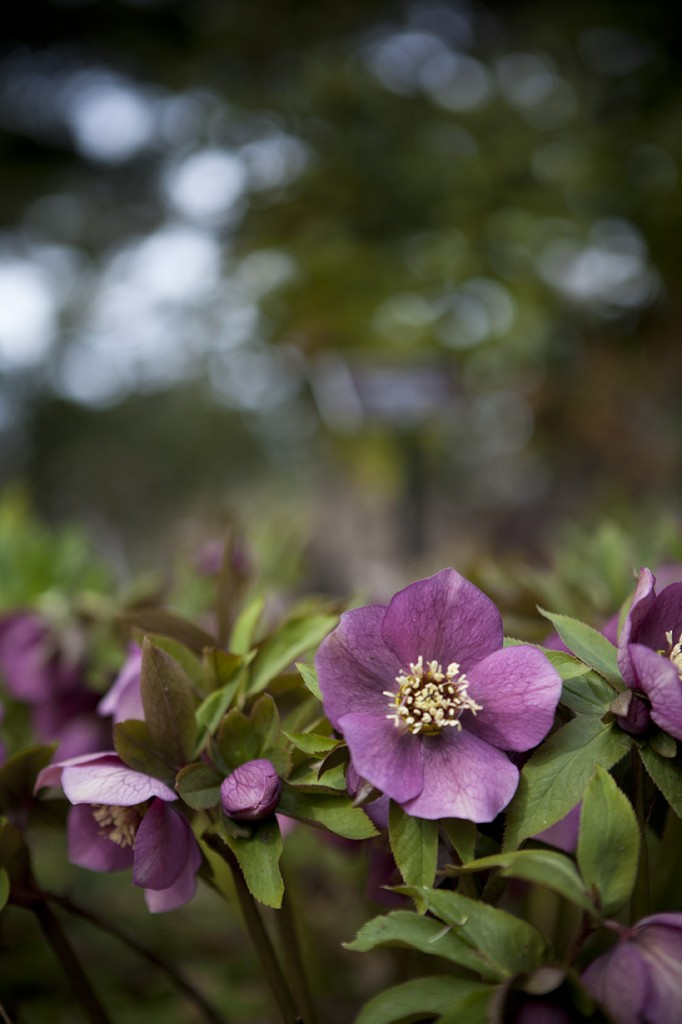
Helleborus x hybridus Royal Heritage Group (photo by Mark Pfeffer)
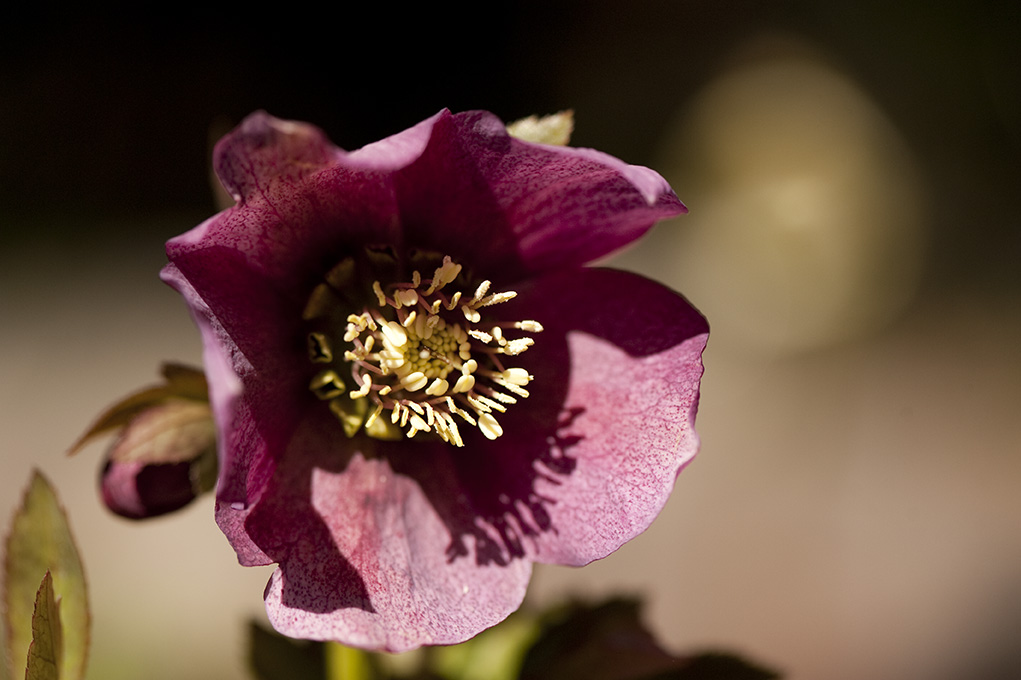
Helleborus x hybridus (photo by Ivo M. Vermeulen)
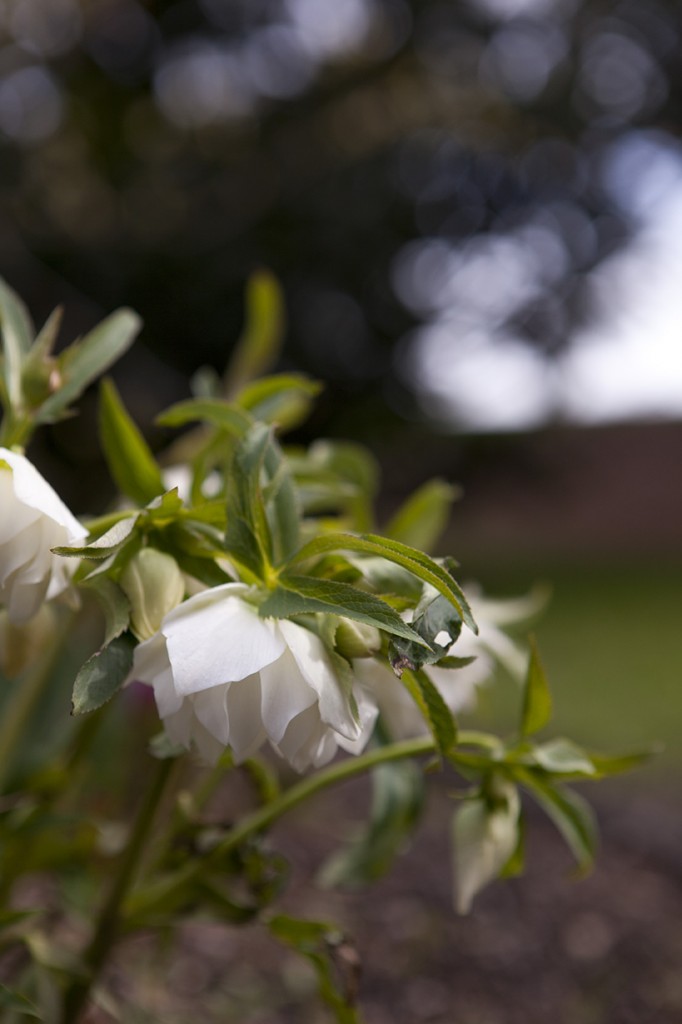
Helleborus x hybridus Regal Ruffles Group (photo by Mark Pfeffer)
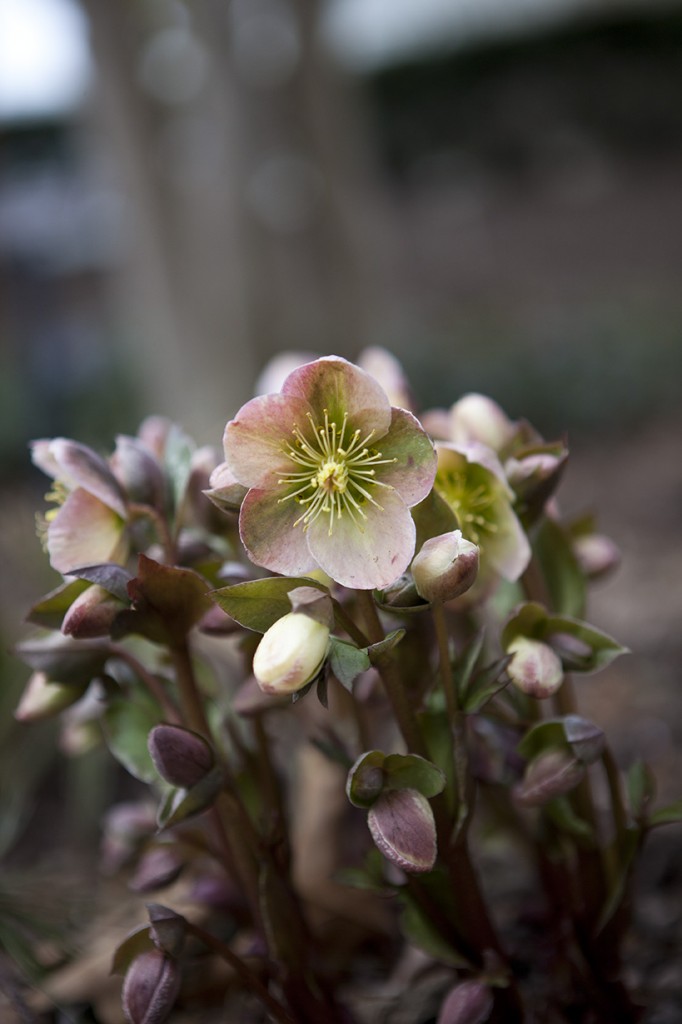
Helleborus x ericsmithii ‘HGC Silvermoon’ (photo by Mark Pfeffer)
Posted in Learning Experiences, Programs and Events on February 10 2011, by Plant Talk
| Travis Beck, Landscape and Gardens Project Manager, The New York Botanical Garden |
 Every time I’ve spoken to a landscape architect or nursery grower about taking an ecological approach to landscape design–something I’ve been doing a lot throughout the planning and development of the Garden‘s new Native Plant Garden–I keep hearing the same phrase repeated over and over: “You should talk to Colston Burrell.”
Every time I’ve spoken to a landscape architect or nursery grower about taking an ecological approach to landscape design–something I’ve been doing a lot throughout the planning and development of the Garden‘s new Native Plant Garden–I keep hearing the same phrase repeated over and over: “You should talk to Colston Burrell.”
Up until this point I’ve known Burrell mostly through his writing. Of recent note is his American Horticultural Society (AHS) award-winning Hellebores: A Comprehensive Guide. This is the time of year when I really start looking forward to the blooming of the Lenten Rose and other garden hellebores, but Burrell’s knowledge goes far beyond the mere beauty of these harbingers of spring. Another book of his that won an AHS book award is A Gardener’s Encyclopedia of Wildflowers. Wildflowers . . . Now isn’t that just a friendly term for native plants? Burrell is deeply involved with using and promoting native plants, whether he’s lecturing on plants and ecology at the University of Virginia, getting his hands dirty in his own garden, or working on designs through his firm Native Landscape Design and Restoration.
There are a lot of reasons to use native plants. They’re also commonly misunderstood, both by those who overestimate their powers, and those who underestimate their potential. I’m looking forward to getting a real plantsman’s perspective on how to use native plants in the landscape, the perspective of someone who loves wildflowers and hellebores with equal passion. That’s why I’ll be in the front row on February 17, when Colston Burrell speaks as part of NYBG’s 2011 Winter Lecture Series. I hope to see you there!
Burrell’s lecture is at the Garden in the Ross Lecture Hall on Thursday, February 17, from 10 a.m. – 12 p.m. The cost is $39 for non-members, and $35 for Members. The third and final installment of the series will feature director of The New York Botanical Garden’s Children’s Gardening Program, rooftop farmer, and food advocate Annie Novak on Thursday, March 17.
 As the snowdrops fade, daffodils explode in a burst of yellow across the landscape. Tulips begin to emerge, peeking through recently planted violas, and magnolia buds crack open. These all provide a lavish display, but in the midst of this let us take a moment to appreciate the sustained beauty of our hellebores. Since snow still covered much of the garden in late winter, our considerable collection of Helleborus species and hybrids have been consistently blooming in shades of pink, white, deep purple, green, and yellow. They really deserve a place in your garden, too.
As the snowdrops fade, daffodils explode in a burst of yellow across the landscape. Tulips begin to emerge, peeking through recently planted violas, and magnolia buds crack open. These all provide a lavish display, but in the midst of this let us take a moment to appreciate the sustained beauty of our hellebores. Since snow still covered much of the garden in late winter, our considerable collection of Helleborus species and hybrids have been consistently blooming in shades of pink, white, deep purple, green, and yellow. They really deserve a place in your garden, too.







 Every time I’ve spoken to a landscape architect or nursery grower about taking an ecological approach to landscape design–something I’ve been doing a lot throughout the planning and development of the
Every time I’ve spoken to a landscape architect or nursery grower about taking an ecological approach to landscape design–something I’ve been doing a lot throughout the planning and development of the